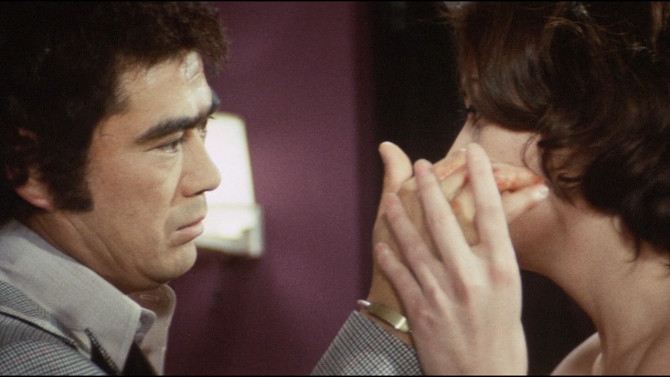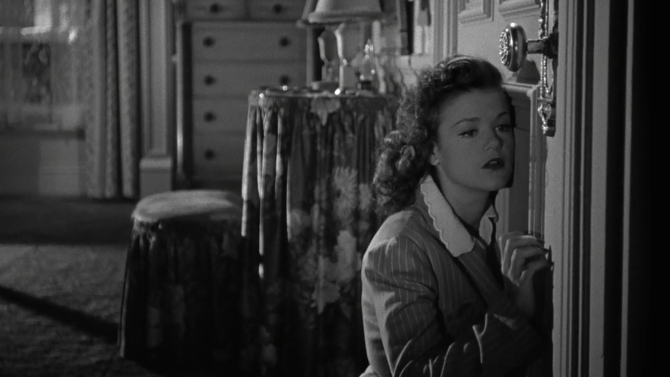
An Impossible Mission
How do you wrap up a franchise like Mission: Impossible? That is, if this even is the final installment... as they’ve made it sound (while at the same time, stars not named ‘Tom Cruise’ pipe up and suggest that might not be so). It has been twenty-nine years, with different writers and visionary directors – from twisty Brian De Palma and the action hair stylings of John Woo, to the lens flares of J.J. Abrams and animation expert Brad Bird, it was only about ten years ago that the franchise decided to opt for The Usual Suspects scribe Christopher McQuarrie for the final four. To return to that opening question once more, you could end with a Sopranos’ style cliffhanger, simply make another entertaining movie like the many before – like Everybody Loves Raymond did it with its final episode, or try to tie everything up in a neat little bow by bringing everything together as the Daniel Craig era did with James Bond. Well, it is definitely more along the lines of the latter example, with some distinct differences.
-

In a Flash
PolaroidOctober 20, 2017Imagine being wakened by a bright light, not like that of some sort of alien abduction, but rather as if someone was snapping your photo, with the flash on, in the pitch black of your own bedroom. . . well, that is the concept of the 2015 short film Polaroid. Produced, directed, filmed and edited by Alex “Pressplay” Wohleber, it is a vignette of sheer terror. Waking from the bright light and distinct sound of a Polaroid picture being taken, our lead, simply known as Guy (Matt Halpern – also a producer), not only finds himself in a possible robbery situation, but also quickly learns that the electricity in his home isn’t working.
-

Clap for the Wolfguy
Wolf GuyOctober 17, 2017One of the weirdest mash-ups ever to grace the silver screen, 1975's Wolfguy: Enraged Lycanthrope fuses martial arts action, an investigative crime tale, political conspiracy, sci fi elements, and horror concepts within the box of a B movie exploitation piece. With a title like that, you can probably guess that it is a foreign film, translated to English from Japanese, in this case – these films are often labelled under J-horror. For those linguists out there, you will know that lycanthrope means a werewolf, and Akira Inugami (Shin'ichi “Sonny” Chiba) is the last survivor of a long line of these beasts – the rest of them hunted and killed by those afraid of anything outside of the norm. He uses his wolfish powers to investigate unusual crimes.
-

Strip Poker
VampOctober 15, 2017It is likely that this sounds familiar: a movie about a group of people who enter an unusual strip club that ends up being packed with vampires – I would fashion a guess that most film afficionado’s would immediately point to the now iconic Quentin Tarantino penned (and executive produced), Robert Rodriguez directed 1996 horror feature From Dusk Till Dawn. . . though this concept was actually first done a decade earlier in the 1986 horror comedy Vamp. Producer Donald P. Borchers came up with a simple idea, ‘vampire strippers’, and decided to take it to a young filmmaker with only one well respected short film to his name – Dracula Bites the Big Apple, Richard Wenk (now a well respected screenwriter who has penned such films as 16 Blocks, The Equalizer, the remake of The Magnificent Seven and Jack Reacher: Never Go Back), who expanded the idea and took on the role of director as well.
-

Catnip
Cat PeopleOctober 13, 2017In 1942, RKO Pictures set up a horror unit under producer Val Lewton, a former journalist, novelist and poet who had gone on to become a story editor for David O. Selznick. It was his job to develop low budget horror pictures for under 150,000 dollars, with the studio providing the titles for the films. His first task, the strangely named Cat People, almost seems like a joke. A way for RKO to compete with the popular Universal horror films of the time, Lewton hired writer DeWitt Bodeen (I Remember Mama), director Jacques Tourneur (Out of the Past), cinematographer Nicholas Musuraca (I kid you not, both Out of the Past and I Remember Mama), and composer Roy Webb (Notorious, Marty) – a quality ensemble. And, Lewton supervised everything, the type of producer who would do re-writes on scripts, aid with editing and be involved in every other minute detail of the production process. In a unique twist, the films Lewton created with RKO have become synonymous with him and his distinct style, rather than the directors’, a rare occurrence to be sure.
-
Star Pick with Guy Boucher
 Mission StatementThe MissionOctober 10, 2017
Mission StatementThe MissionOctober 10, 2017It was an absolute pleasure sitting down with Guy Boucher just prior to the beginning of the 2017-2018 National Hockey League season. At a charitable event for The Children’s Treatment Centre, he was one of the roasters of Ottawa Senators’ assistant coach Marc Crawford, in what can only be termed a hilarious evening. With an impressive start to his coaching career, Boucher began in the Quebec Major Junior Hockey League, capping it off by winning the Paul Dumont Trophy in 2009 – awarded to the personality of the year, while with the Drummondville Voltigeurs. The success brought with it a head coaching job with the Hamilton Bulldogs in the American Hockey League, the affiliate of the Montreal Canadiens, where he took home the Louis A. R. Pieri Memorial Award (coach of the year) in 2010.
-

Do Not Replicate
Blade Runner 2049October 6, 2017Coming to theatres thirty-five years after the original motion picture, Blade Runner 2049 is set thirty years after the original film, expanding the vivid dystopic universe and the deep philosophical questions brought forth all the way back in 1982. Perhaps the most unexpected query to come out of the movie. . . can a world truly be dystopic if people are still listening to the one and only Frank Sinatra? At least to me, it cannot be too far gone if there is still the music of Ol’ Blue Eyes. Transporting us into the world in almost the exact same fashion as the original, director Denis Villeneuve (with original director Ridley Scott now executive producing) miraculously captures the original fusion of futuristic sci fi and film noir, with touches of his own unique style – all done in a more expansive, epic way.

